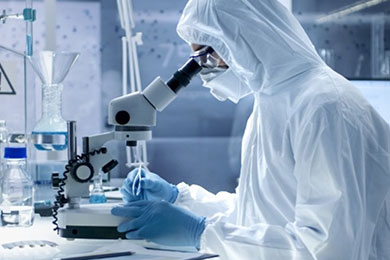
Search

Search

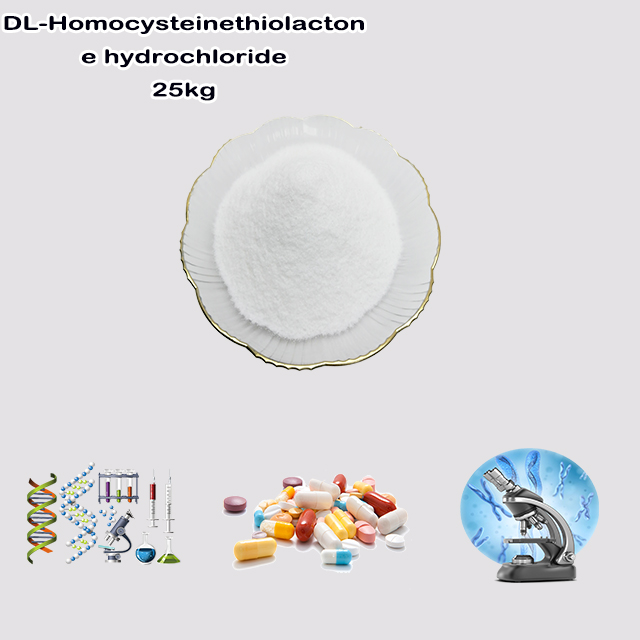
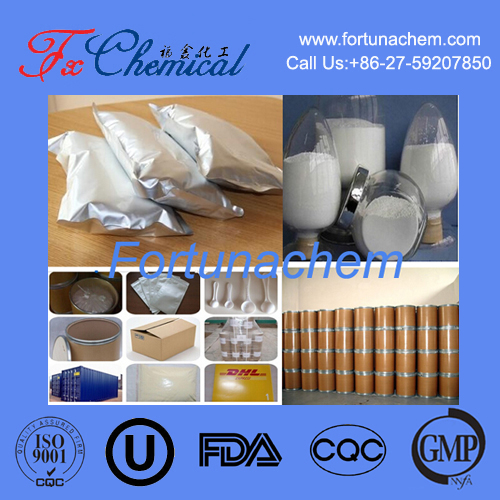
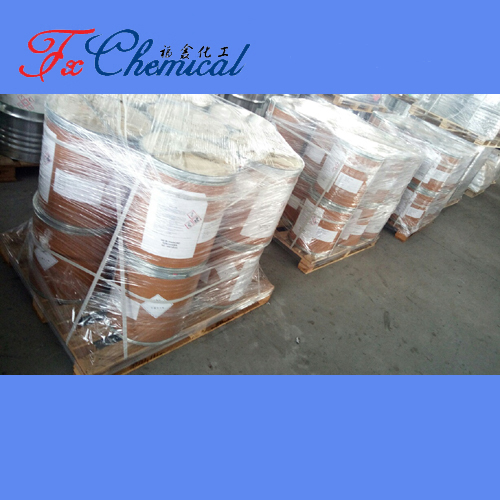
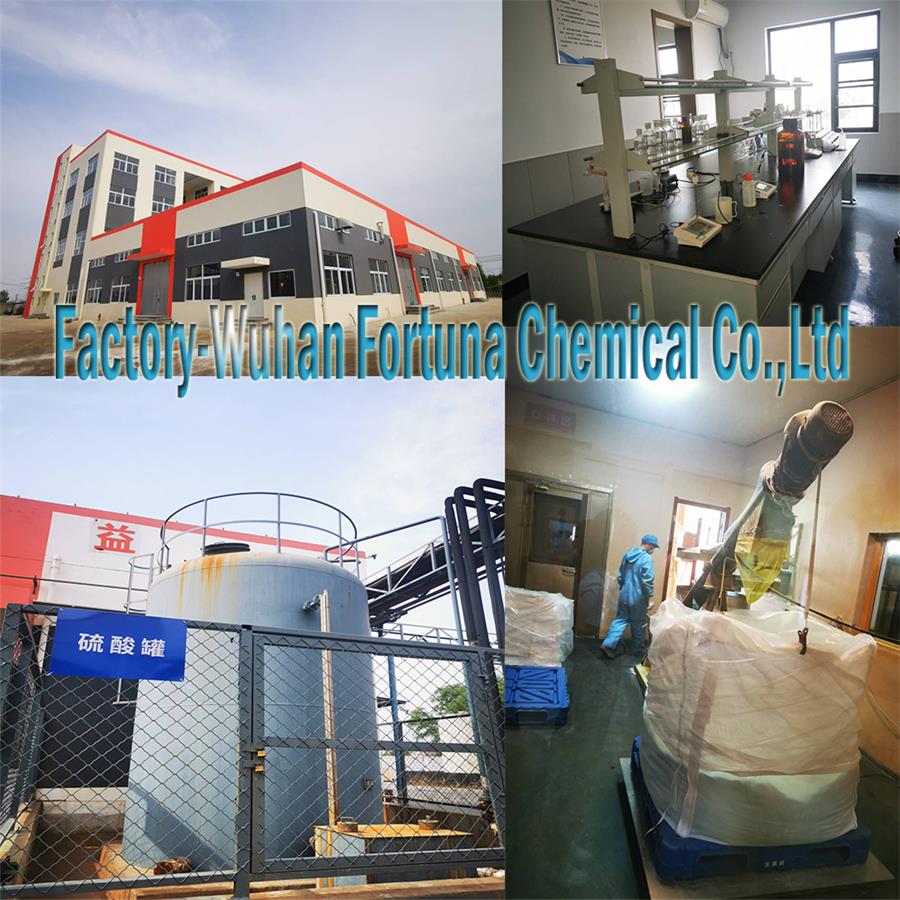
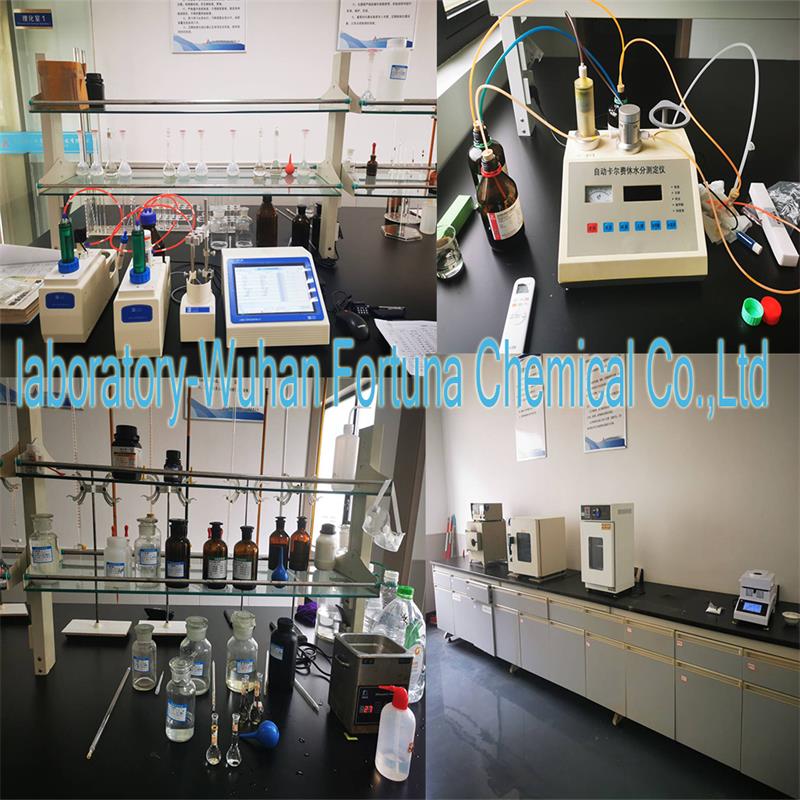





DL-Homocysteinethiolactone hydrochloride is a synthetic, stable chemical derivative of the amino acid homocysteine. It is not found naturally but is a vital research tool. Scientists use it in laboratory experiments to study the toxic effects of high homocysteine levels, a condition linked to cardiovascular and neurological diseases. The compound is highly reactive and mimics the damaging process of protein homocysteinylation, allowing researchers to investigate disease mechanisms. It is for research purposes only and is not a drug or supplement for human consumption.
| Items | Technical index |
| Product name | DL-Homocysteinethiolactone Hcl |
| CAS NO. | 6038-19-3 |
| Molecular formula | C4H8ClNOS |
| Molecular weight | 153.63 |
| Appearance | White crystalline powder |
| Purity | 98%min |
| Product parameters | |
| Cas number: | 6038-19-3 |
| Appearance: | White crystalline powder |
| Package details: | 25kg/drum |
| Brand: | Fortunachem |
DL-Homocysteinethiolactone hydrochloride is a chemically modified, stable form of the amino acid homocysteine. It is not found naturally in the body but is a crucial research chemical used in laboratories to study the toxic effects of elevated homocysteine levels, a condition known as hyperhomocysteinemia.
Let's break down the name to understand what it is:
Homocysteine: This is a sulfur-containing amino acid naturally produced in the human body during the metabolism of another amino acid, methionine. High levels of homocysteine in the blood (hyperhomocysteinemia) are a well-known risk factor for cardiovascular diseases, neurological disorders, and pregnancy complications.
Thiolactone: This part of the name describes a specific chemical structure. Homocysteine in the body can be chemically reactive and sometimes cyclizes (forms a ring) to create homocysteine thiolactone. This thiolactone form is highly reactive and is believed to be a key reason why high homocysteine is harmful. It can react with proteins in a process called protein homocysteinylation, which damages the proteins and disrupts their normal function.
DL-: This prefix indicates that the compound is a racemic mixture. Amino acids can exist in two mirror-image forms, "D" (dextro) and "L" (levo). Naturally occurring amino acids are almost always in the "L" form. The "DL" mixture contains both forms, which is common for synthetic compounds made for research purposes. The "L" form is the biologically relevant one.
Hydrochloride (HCl): This is a salt form. Adding hydrochloric acid makes the compound more stable, soluble in water, and easier to handle and store as a powder.
DL-Homocysteinethiolactone HCl is not a drug or a supplement. Its sole purpose is for scientific investigation.
Researchers use it in cell culture experiments (e.g., on endothelial cells that line blood vessels, or neuronal cells) and in animal studies to:
Model Hyperhomocysteinemia: By adding this compound to cells or administering it to animals, scientists can rapidly induce a state that mimics high homocysteine levels.
Study Mechanisms of Toxicity: It is a direct tool to investigate the damaging effects of protein homocysteinylation. Researchers can observe how it leads to:
Endoplasmic Reticulum (ER) Stress: Disruption of the protein-folding machinery inside cells.
Oxidative Stress: Generation of harmful reactive oxygen species (ROS).
Inflammation: Activation of inflammatory pathways.
Cell Death (Apoptosis): Triggering programmed cell death.
Test Potential Protective Compounds: Scientists can use this model to see if certain drugs, vitamins (like B12, B6, and folic acid), or other substances can protect cells from the damaging effects of homocysteinylation.
| Feature | Homocysteine | Homocysteinethiolactone Hydrochloride |
|---|---|---|
| Natural Occurrence | Yes, a natural metabolite in the body. | No, it is a synthetic research chemical. |
| Form | Typically exists as a linear amino acid in the body. | A cyclic, reactive lactone derivative. |
| Reactivity | Reactive, but the thiolactone form is much more reactive. | Highly reactive due to its strained ring structure. |
| Primary Use | Measured in blood tests as a health risk marker. | Used in lab experiments to study the toxicity of homocysteine. |
Important: DL-Homocysteinethiolactone hydrochloride is for research use only. It is not intended for human or veterinary consumption. It is classified as hazardous and can cause skin, eye, and respiratory irritation. Proper safety equipment (lab coat, gloves, eye protection) is essential when handling it.
In essence, DL-Homocysteinethiolactone hydrochloride is a laboratory tool. It is the synthetic, stabilized, and highly reactive form of homocysteine that researchers use to understand why high homocysteine levels are so damaging to the cardiovascular system and the brain.
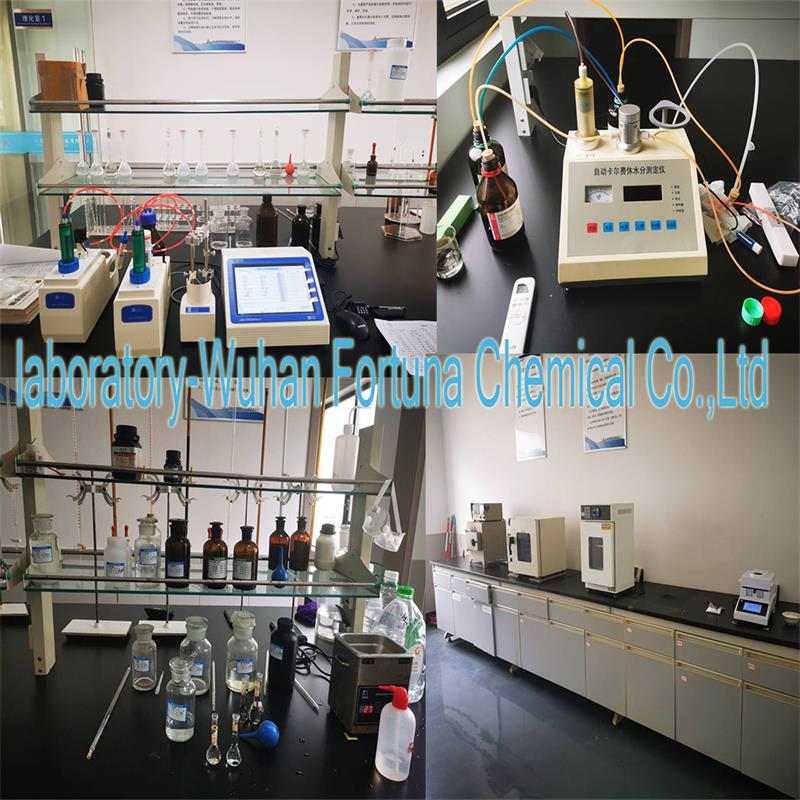
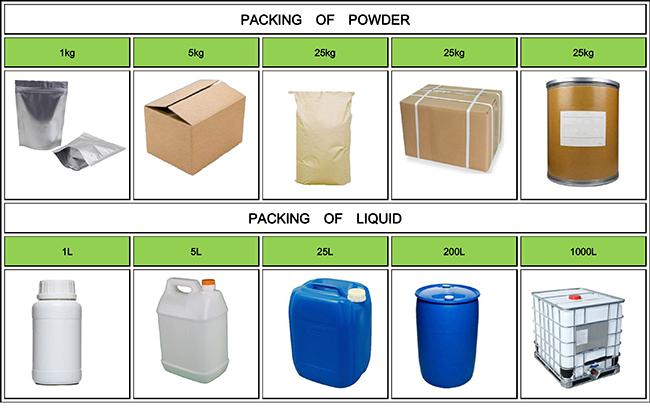
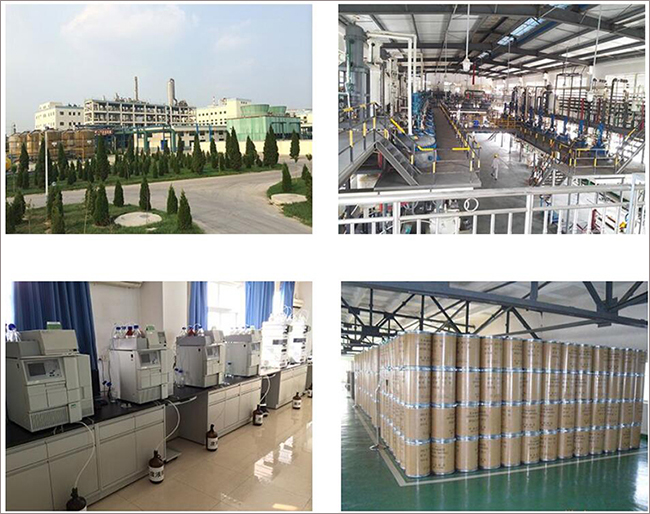
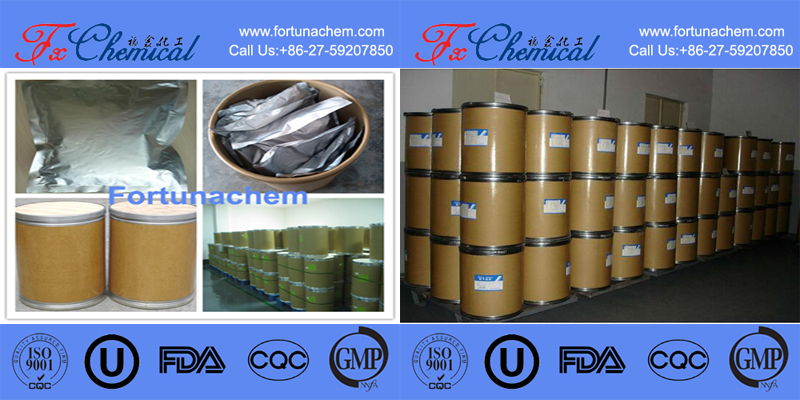

Fortunachem Provides Not Only Professional Chemical Products But Also Professional Help
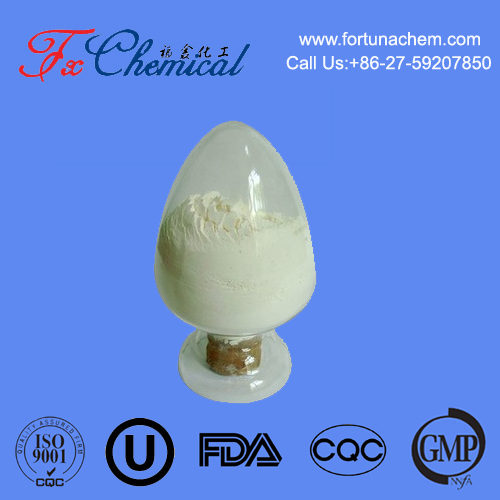
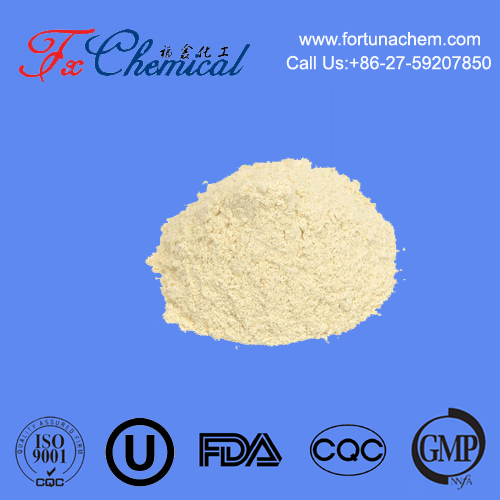
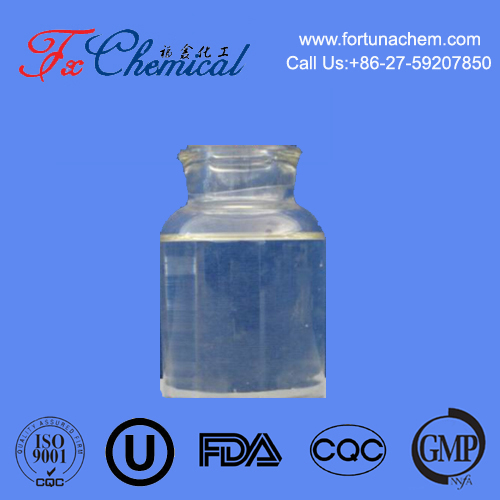
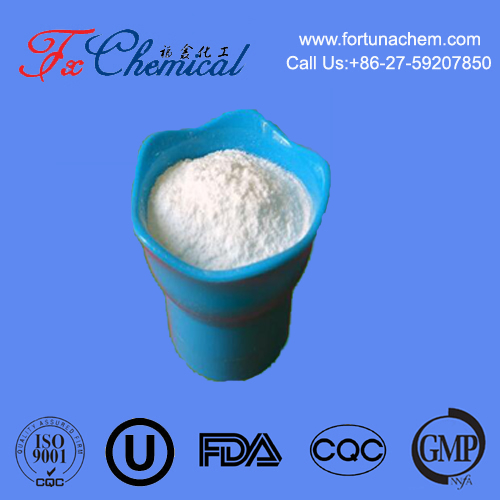
Keeping you up-to-date with all the latest information, news, and events about Fortunachem!

Quick Links
Add:
E-mail:
 English
English  Español
Español  français
français  العربية
العربية 